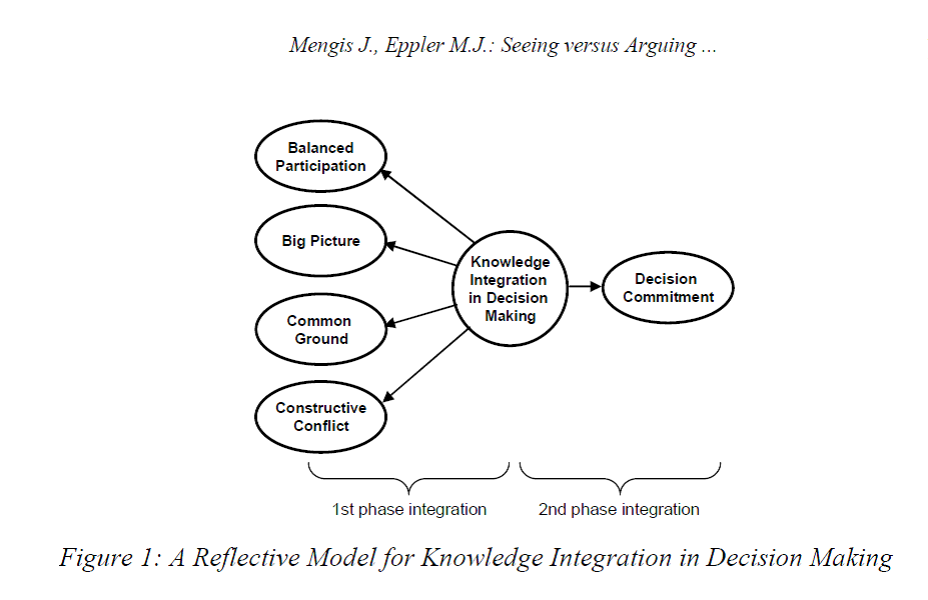I hate PowerPoint and I know I am not alone. Maybe the Microsoft gods will strike me down for blasphemy, but it is the truth, and here's why:
I spent the first 12 years of my career at a Tier 1 technology company where (internally) it was not considered a “real” meeting unless someone presented a PowerPoint slide deck. That was the culture of the organization and it started at the very the top. However, as a salesperson and eventually a sales leader, I rarely used PowerPoint presentations with my customers and clients and was very successful.
What I learned was that there are 3 unique tools for leading a meeting and that a skilled sales person will choose the most effective tool/strategy for the meeting given the objective and the circumstances.
Bruce Gabrielle of Speaking PowerPoint recently wrote a well-researched post on this very subject.
Gabrielle identifies three effective presentation tools to consider- not to mention Slideshare.
- PowerPoint with handouts
- Story Telling
- Whiteboard or Flip charts
In this article he summarizes the best uses as follows:
1. When you want to educate and inform, use PowerPoint and handouts. Several studies show PowerPoint improves learning or has no effect. There are no studies showing PowerPoint harms learning. That means 3-4 bullet points per slide, not 10. And learning improves even more when the audience has handouts of the slides so they don’t have to write so many notes, and only write notes to capture important nuances.
2. When you want to excite or persuade, use storytelling, analogies, metaphors, props and – sparingly – slides with pictures and limited text. People are more likely to agree with a message packaged as a story than the same message packaged as a list of facts. Distractions from the story, like lengthy text on a slide, interfere with the storytelling effect.
3. When you want to drive a decision-making meeting, like with executives, use a whiteboard or flip chart. Research shows visuals help people express different perspectives and understand differing viewpoints with less conflict. Without visuals, assumptions remain hidden and disagreements become more heated and personal.
For years I have avoided the use of PowerPoint and have gravitated towards storytelling and whiteboards for my sales meetings. This was instinctive on my part, but after reading Gabrielle’s research the reasons are obvious.
I usually conduct the overwhelming majority of my business over the phone. And because PowerPoint is not convenient for early stage phone meetings, I have crafted a storytelling approach to my initial sales meetings. In these meetings I talk to my prospects about the challenges I experienced at a major technology company with poor quality leads and how when I started ProSales Connection, I heard over and over again about the issues companies faced with generating quality sales leads and real sales meetings. Then, I talk about how we listened to their problems and built a business around solving these pain-points with a new process and commitment to quality and service.
At this point in the process, my goal is simply to build rapport, demonstrate competence as well as excite and persuade my prospect that there is something different about our company and the services we offer our clients.
If the client is not sold yet and more conversations are needed before a commitment can can be made, I will schedule either a face-to-face meeting or virtual meeting and we will use a whiteboard or flip chart to help them build the business case for acquiring our services.
In one of Gabrielle’s sources, “Seeing versus Arguing The Moderating Role of Collaborative Visualization in Team Knowledge Integration”, by Jeanne Mengis and Martin J. Eppler (University of Lugano, Switzerland), the authors create a diagram that could be used as a guideline for any salesperson seeking a decision from a prospect or even when driving internal decisions inside their organization.
This is similar to the approach I find most effective. Regardless of the model you leverage, the whiteboard allows you to capture commitments, however small, as you lead the prospect through the decision making process. These small decisions should support your larger objective and if you plan your approach carefully, should make a favorable decision self-evident.
As for PowerPoint, there is still a place for it as a tool to educate and inform or report on data that needs to be summarized and consolidated. However, it is a terrible tool for selling. Sales professionals should be looking for ways to create a story or narrative that gets prospects excited about their product or solution and then drive decisions with the use of whiteboards and flip charts.
So, how do you use stories and/or whiteboards to win new business?









